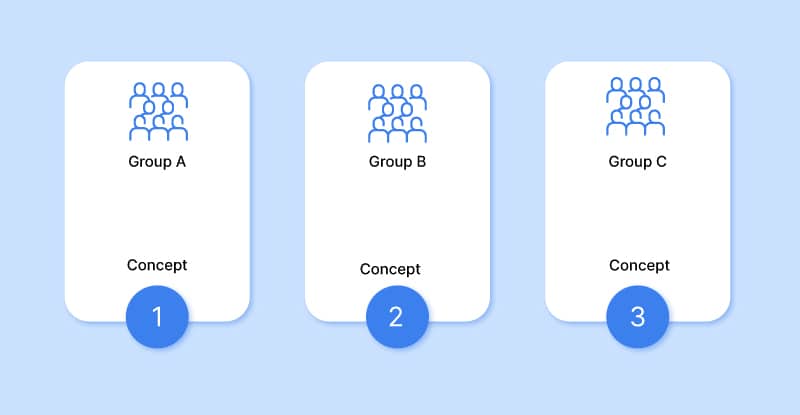
#Difference in cost sequential testing full
If the product owner has full control of the product and can make all decisions, from concept to customer, then it is an environment where agile will fit very naturally. Can this product owner make all decisions for the product: marketing decisions, IT decisions, website UX decisions. For example, if a company has a role of product owner, the person who is responsible for a given product or service, examine their scope of authority. While this sounds convoluted in practice, it is relatively easy to determine by simply examining some specific roles and their scope of authority.

#Difference in cost sequential testing software
If, on the other hand the company is structured vertically based on job function, for example marketing, IT, and product, then it is not a software company. If the business is structured, horizontally, in a product or service based focus with lines of business and/or products driving the organizational structure, and software is the primary delivery method of that product or service, then it is a software company. Both banking and health insurance could be either a software company or a non-software company depending upon how they are structured. Banking and health insurance in the United States are both examples of this gray area company. There is a third gray area company that we need to address as well. And, while you may order products from IKEA's website, their primary channel is through their stores. Yes, they have websites, but McDonalds does not sell hamburgers through the Internet. To be sure, McDonalds and IKEA use software but it is not their primary product or their product or service delivery. Amazon and eBay are software companies because they use software as their primary vehicle to deliver their products or services. By this definition, Microsoft and Adobe are software companies, but so are Amazon and eBay. Software companies are companies where software is the primary product or where it is the primary delivery method for the product. The focus of this paper is the “everyone else” group. I define two types of businesses for the purposes of this section: software companies (independent software vendors) and everyone else. Mixing agile and waterfall methodologies.īefore we proceed, let me set the context within which I base all of what you will read here. Waterfall to agile is a continuum of steps not flipping a switch. Yet, for many enterprise executives, directors, and managers, agile is still confusing, obscure, and not trusted.Įvery project manager can successfully integrate agile values principles and practices in a waterfall environment to improve project predictability and ultimate success, by understanding and applying three key principles:Īgile is not made for projects as the Project Management Institute defines projects. In 2010, that number jumped to 90% (Version One, 2010). In 2009, 84% (Version One, 2009) of respondents to the Version One Agile Survey indicating they use agile to some degree. In that time agile has moved from relative obscurity in the world of project management to the main stream. This year the Agile Manifesto celebrates its 10-year anniversary. Project managers are not only important but also necessary for the success of large-scale projects. Project managers can be assured that there is a strong role for them on agile projects.

Finally, a three-layer mixed model is proposed for how you can use the understanding of project and product management combined with deliberate methodology selection to manage an agile project in a waterfall context. I discuss and dispel two myths in the common belief that a project is either agile or waterfall and review four models of increasing agility and how they apply to project managers and agile team lead roles specifically.

There are, however, three keys that the project manager must use to successfully unlock the power of agile to improve project delivery. I contend that agile is optimized for product management but can be used to effectively manage projects. The purpose of this paper is to examine how project managers can successfully apply agile to their projects in an enterprise context. Agile is not a silver bullet though, and agile methods need to adapt to the changed context of the enterprise. In the 10 years since the agile manifesto was written, agile has matured it has moved from being fringe to being a core methodology and from small software companies to the point where it is used, to some extent, in a majority of enterprise organizations today. Every project manager can successfully integrate agile in a waterfall environment to improve project predictability, cost effectiveness, and ultimately success.Īgile was once considered by project management professionals to be a fad.


 0 kommentar(er)
0 kommentar(er)
